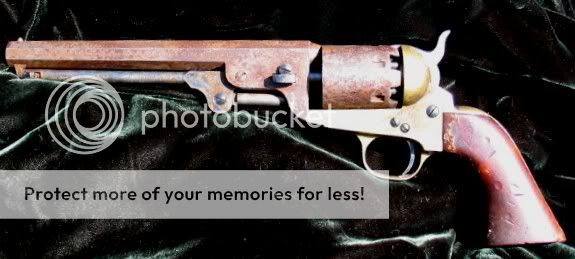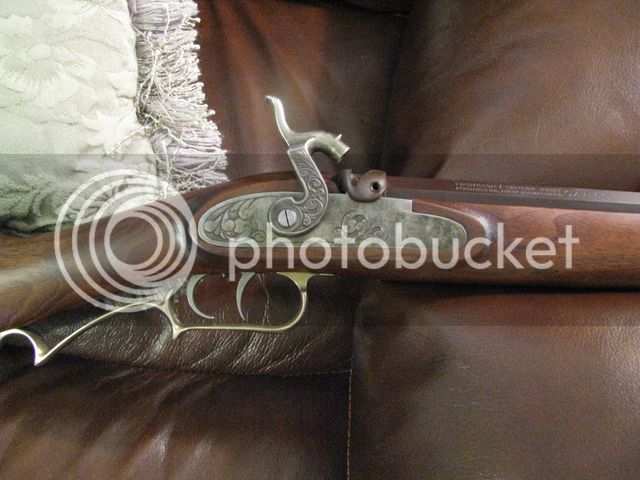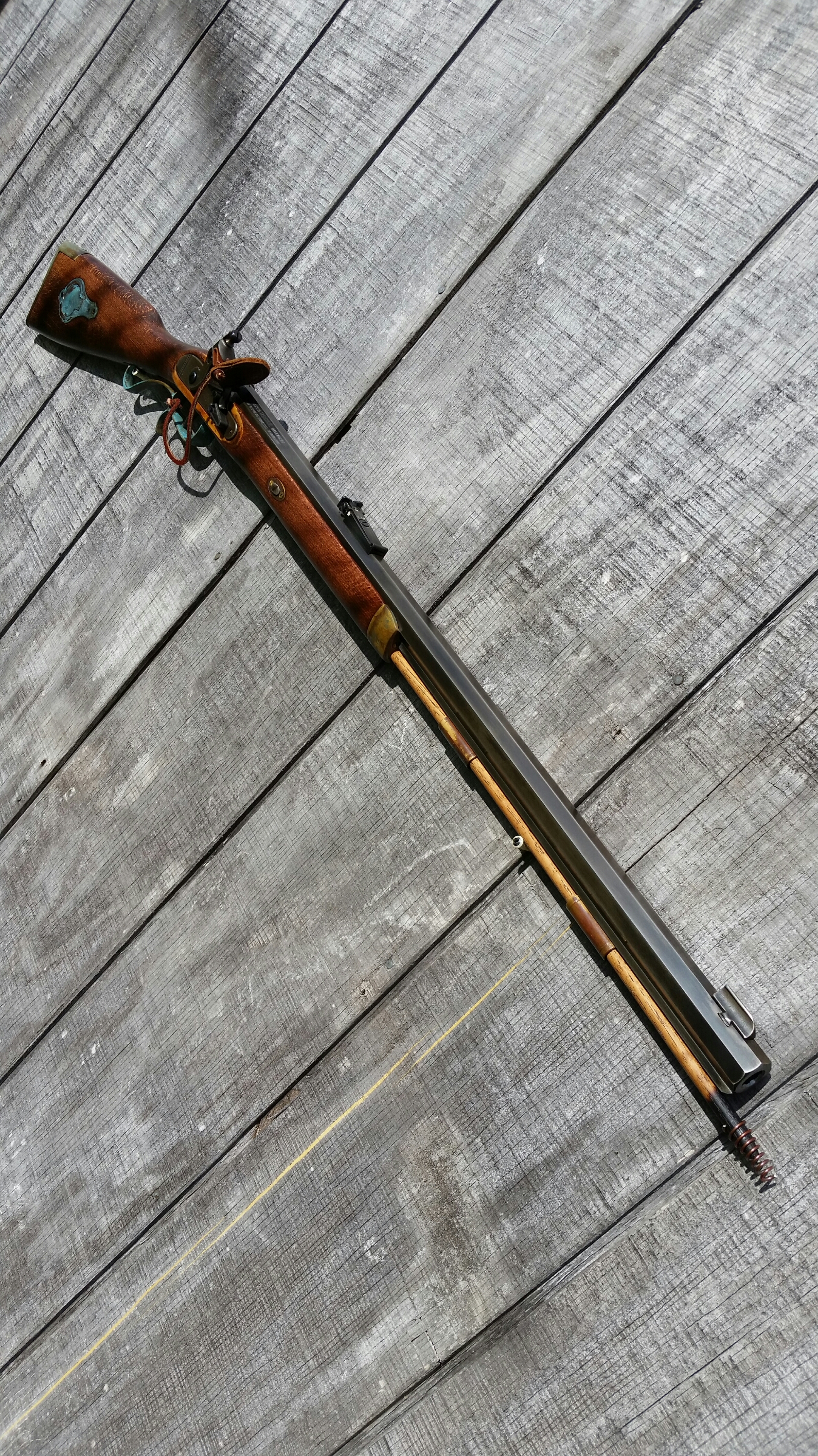I would like to try an antique finish on a rifle. Have any of you tried this on the metal parts? If so, how did you go about doing it? I have heard anything from boiling the parts in Clorox and water to coating the parts with mustard. What have you done and how did it turn out?
Thanks
Thanks








